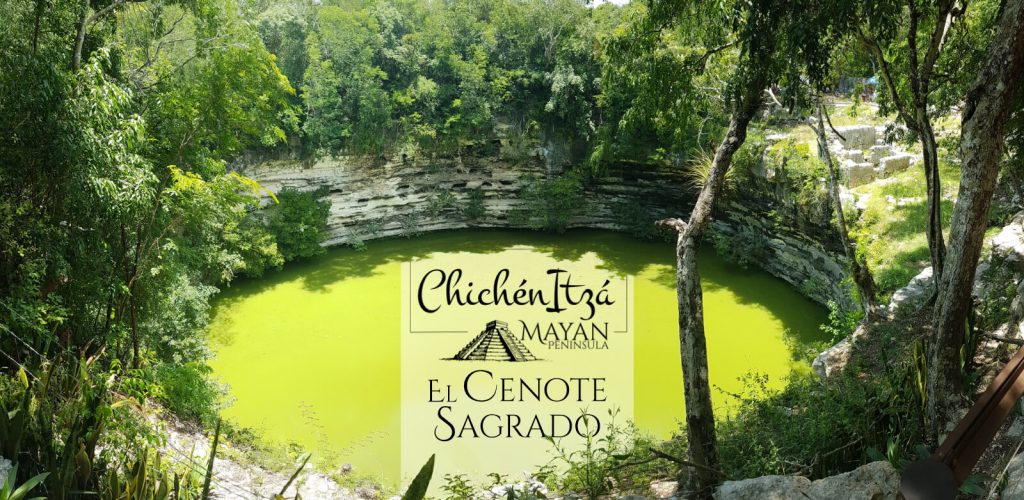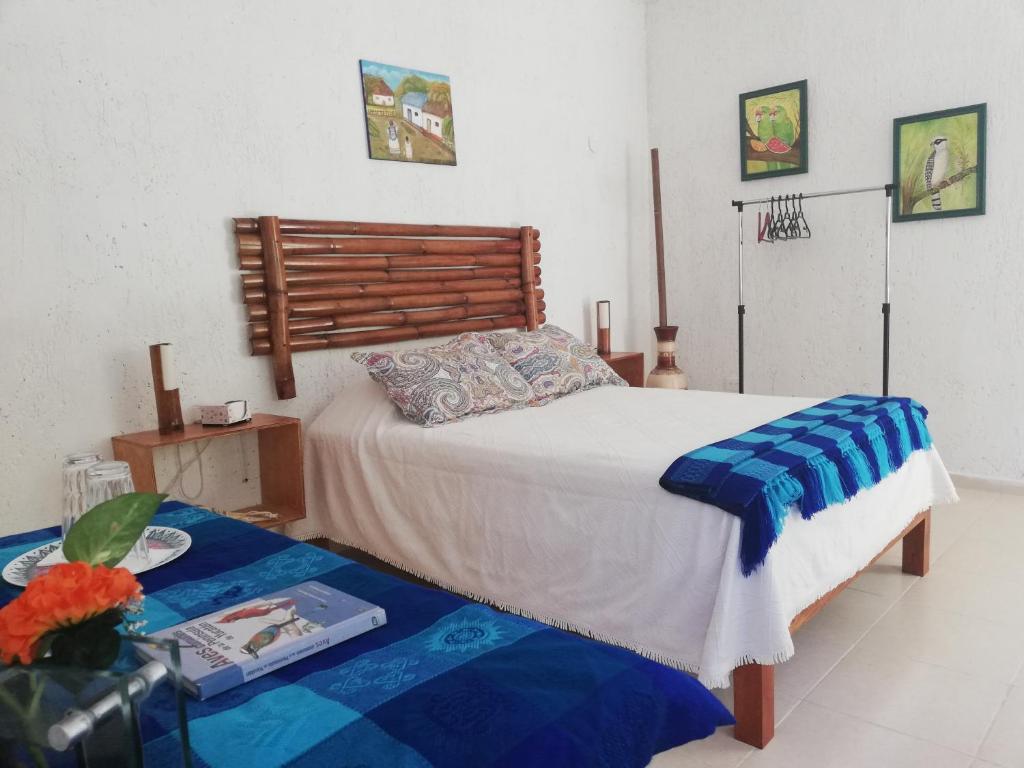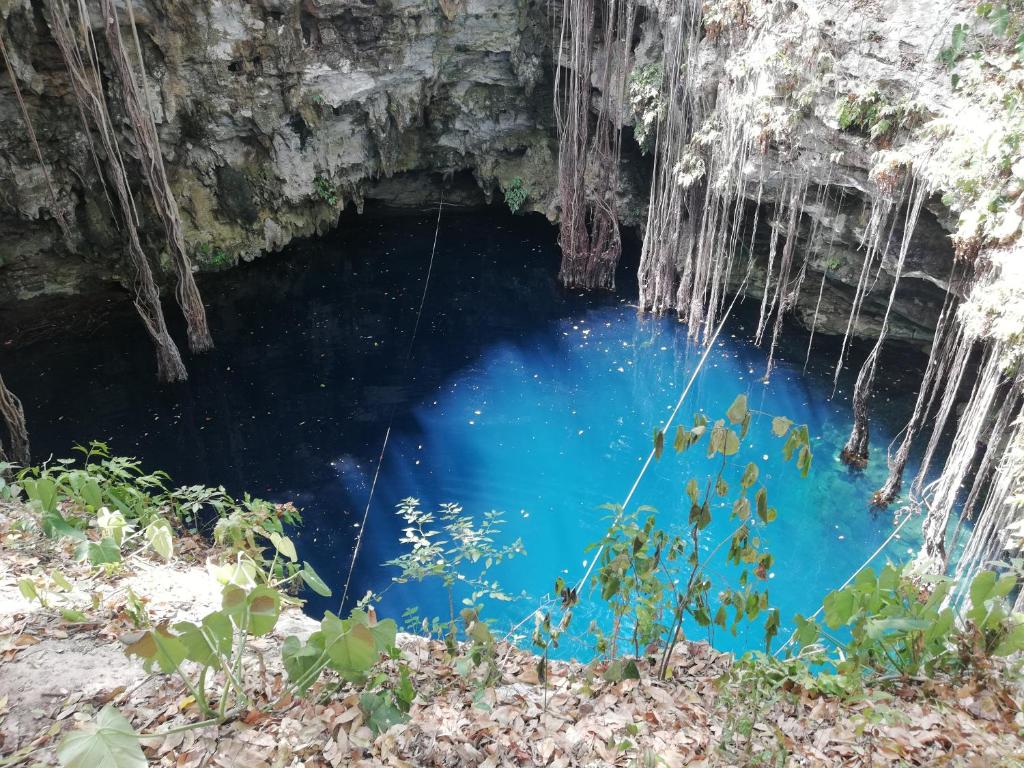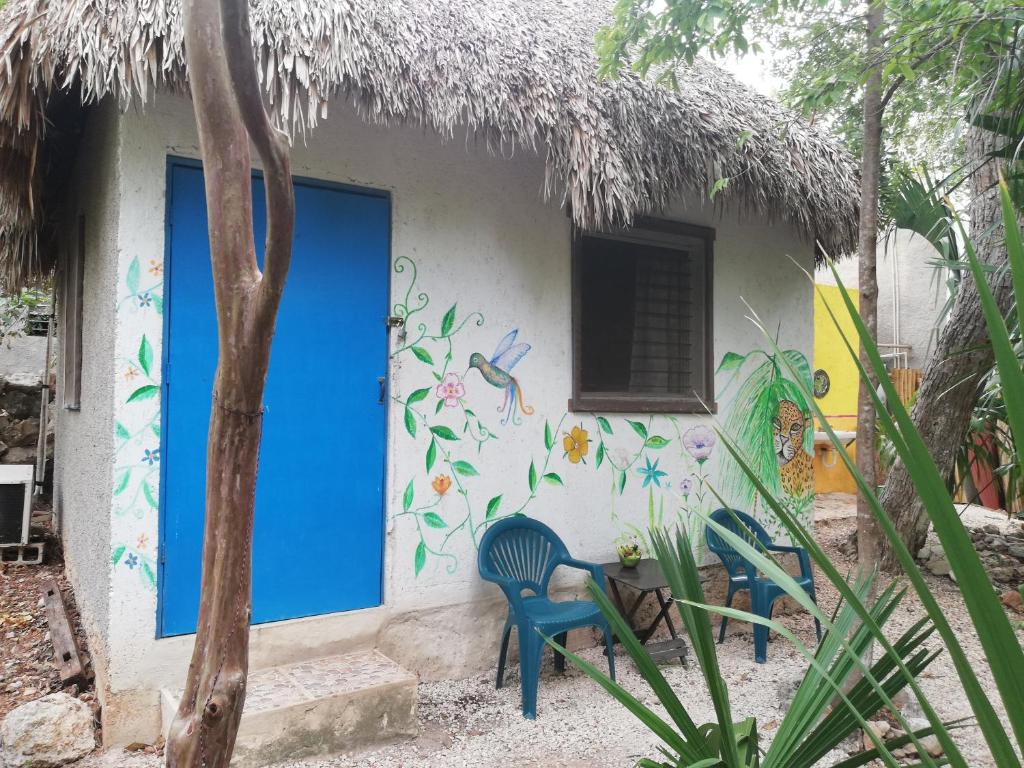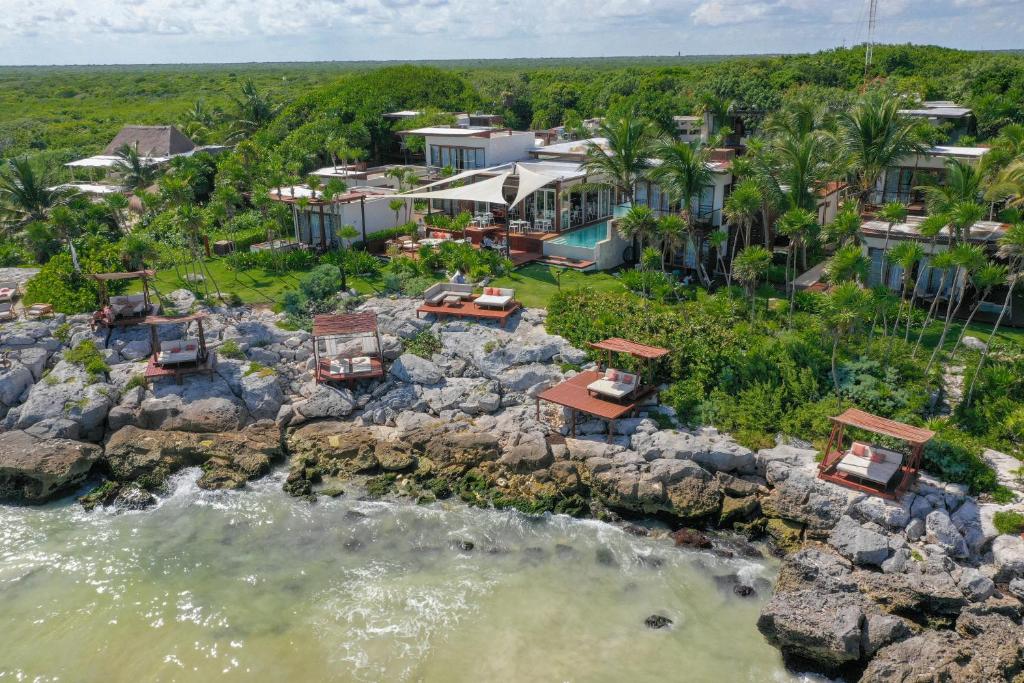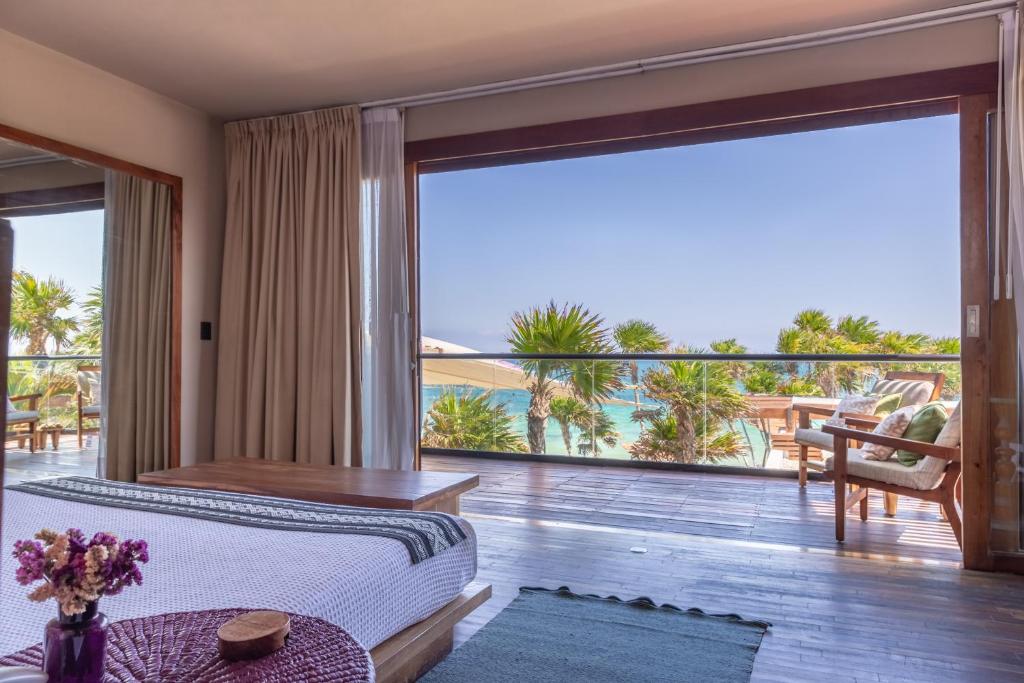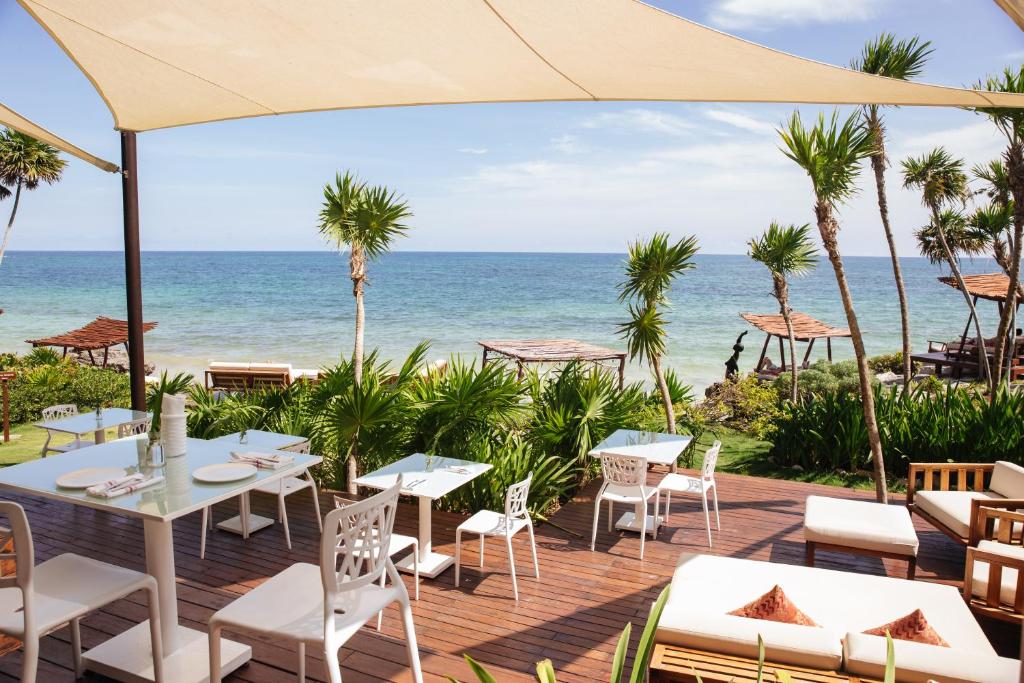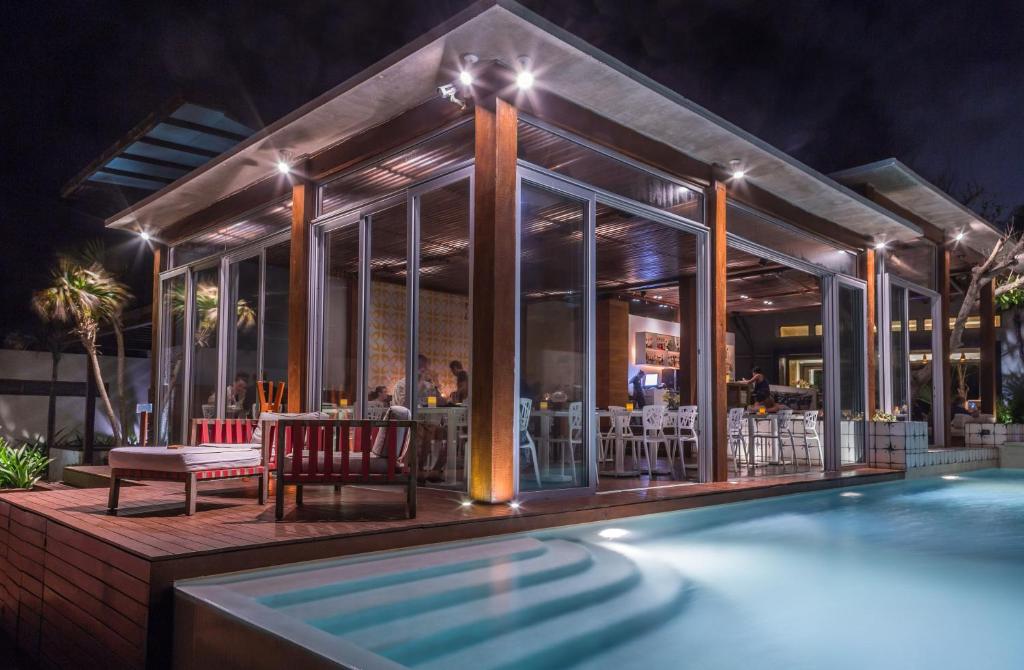Beware: You should never explore wild caves alone or without proper gear. Consider getting in touch with a Grotto of the National Speleological Society at www.caves.org or a qualified cave club. These groups are skilled and will train you. Without sufficient knowledge, preparation, and equipment, cave exploring can lead to serious injury or death.
If you’ve been reading our extensive coverage on the Mexican Cenotes, you may have noticed a trend. Most of them are quite tranquil spots for lounging and taking pictures. People like to go for photoshoots, relaxing swims or dives, and to maybe learn a bit of general Mayan history. The Cenote Sagrado of Chichén Itzá, however, is different.
Chichén Itzá is located near a few separate cenotes, including Cenote Sagrado, Cenote Ik Kil, and Cenote Xtoloc.
Cenote Sagrado translates to Sacred Cenote, and this cenote stands out from the rest for several reasons. First of all, you are not allowed to, or at least should not try to, go swimming here. The water is not clear and blue like at most other cenotes. Here it’s stagnant, opaque and more green than blue, depending on the light. It is at this cenote that Mayans would make human sacrifices to their gods.
While it’s still possible to visit, make sure you plan to go somewhere else if you want to go swimming. We recommend Cenote Ik Kil, which is a short 2.5 miles (4 km) from the Sacred Cenote.
In this article, we will cover everything you should know in advance while planning your adventure to and around Mexico. You will be able to accommodate your trip to Cenote Sagrado while also visiting Chichén Itzá.

Everything to Know about Cenote Sagrado
As mentioned earlier, Cenote Sagrado is not open for swimming like most other cenotes are. No diving is allowed without a special permit.
Knowing this, it’s a bit of a trek to get there, and may cause you to hesitate. Unlike the beautiful clear waters characteristic of most other Mexican cenotes, here you will only find a murky pool of green, brown, or grey. The heavy vegetation that can be found underwater makes visibility terrible here.
In addition, people reported that there is a surplus of vendors on the way to the cenote. Attempting to peddle their wares to every tourist they see, they can ruin the experience, if you let them.
However, even with the downsides, it is an experience unlike any other – if you make it one.
Knowing the history of the Sacred Cenote, it is quite different from most cenotes, where you are simply enjoying a natural site with great scenery. Here, with the waters serving as a metaphor for the darker past that is forever associated with the location, you can’t help but reflect on the different cultures and civilizations that came before us.
The different customs, religions, rituals, and ways of life of the people before us led to a sometimes wildly different approach, but ultimately still human. It is food for thought that really hits you differently when you’re standing at the edge of the cliff yourself, looking down at the water.
Cenote Sagrado is fenced off, but it’s still well worth the trip when you’re already at Chichén Itzá, likely for one of its many tours. You can make the trip, experience it in person, and head out shortly after as there is no reason to linger for too long.
Sacrifices
The pre-Hispanic Maya used this site for all kinds of sacrifices. Chac, the rain god who provided nourishment to their fields and helped to sustain life, was the God they attempted to appease with ritual offerings and sacrificial victims. They threw many precious objects inside, and eventually moved on to human sacrifices. These included warriors, children, and maidens, though most victims were male.
On one side of the well, some platforms were built. It’s likely that these served as a place for onlookers to sit and witness these ceremonies. Seeing these in person is quite an experience, as you can imagine what kind of things must have been going through people’s minds, or what people may have been saying during these rituals.
There is also a delapidated building, where it seems there once was a steam bath, also called a temazcal.
At a temazcal ceremony, participants entered a sweat lodge constructed from volcanic stone, wood or cement. Hot volcanic rocks were placed in the center, for water to be poured on top. This produced steam, similar to a sauna. We can imagine that the victims of these sacrifices were taken here for purification, before being sent to their doom.
Archaeological explorations here have uncovered thousands of ancient artifacts here, which include items made from gold, jadeite, copal, flint, obsidian, and rubber. Of course, human skeletons were also found. But it is fascinating to see just how many valuables were thrown here. It lends credence to the idea that this cenote is unlike any other. It certainly was very sacred to the Maya that used it.
The bones of over 50 warriors have been found at the bottom of this well. Cenote Sagrado likely holds the record for the most tributes and sacrifices.

History
Way back in 1566, Friar Diego de Landa noted the following. “Into this well they have had, and then had, the custom of throwing men alive as a sacrifice to the gods, in times of draught, and they believed that they did not die though they never saw them again.
They also threw into it a great many other things, like precious stones and things which they prized. And so, if this country had possessed gold, it would be this well that would have the great part of it.”
In 1909, three divers explored the floors of Cenote Sagrado, noting limited visibility and many shifting rocks and trees. They reported that the dive was hazardous.
The bottom of the cenote was “full of long narrow cracks, radiating from centers as if the glass bottom of a dish had been broken by a pointed instrument. We found down in the cracks and holes a grayish mud in which were imbedded the heavier gold objects, jades, and copper bells in numbers.”
Later, in 1961, the Instituto Nacional de Antropologia e Historia (INAH), National Geographic Society, and Club de Exploraciones y Deportes Acauticos de Mexico (CEDAM) teamed up and tried again. They found an inscribed, gold-sheathed bone, as well as a large chert knife with a gold-sheathed wooden handle.
How to get to Cenote Sagrado
Similar to Cenote Ik Kil, getting here will take about 45 minutes if you are coming from Valladolid. You’ll find free parking nearby but will have to make a bit of a walk to get to the cenote.
When traveling by colectivo, you can easily find one to take you to Chichén Itzá. You can find the Colectivo stop on Calle 39 (between 46 and 48), near the main Bus Terminal. Plus, since you can get one as early as 7 AM, you can arrive minutes before Chichen Itza opens by taking the first one. Then, you can experience Cenote Sagrado shortly after you finish your tour of Chichén Itzá.
On the other hand, you can plan to visit Cenote Sagrado later in the day. It is a short visit, and it may be quite humid during the day. Walking there in the heat could be another cause for hesitation. With almost all of the guided tours taking half the day, you can plan accordingly.
Tips & Tricks when Visiting Cenote Sagrado
While there isn’t much to do at the Cenote itself, we felt compelled to include some of the small issues you may face here.
First of all, the vendors are quite ruthless. It’s best to simply ignore them on your trek to the cenote, but because there are so many, it may be quite annoying. Prepare yourself for the onslaught.
On the other hand, there are quite a lot of unique souvenirs. So if that’s your sort of thing, you may enjoy the variety of shops you find on the way.
You may get lucky and see some beautiful motmots as well. For some, this alone was worth the journey.

Some users reported that the visit was a bit disappointing. Not being able to dive or swim, the water is certainly a bit of a disappointment. But with the rich Mayan history behind it, we humbly disagree.
However, one facet that certainly needs some work, looking at the Cenote and Chichén Itzá area staff right now, is the fact that there isn’t a lot of history presented to visitors. There is a stunning lack of signs, or some form of recorded data for tourists to really appreciate the location if they weren’t already fully aware of the history. In most cases, tourists would not know a lot about the sacrifices or the Mayan history if this was one of their first visits to a cenote, and so they simply leave uninformed and unaware of what they were in the presence of.
As a result, we recommend you do some of your own research before you go, and even have your phone ready to look things up. This way, you can truly enjoy the visit and appreciate what you were able to experience in person.
Guided Tours
While there are no guided tours available, your best option is to simply plan your own tour while you’re in the area exploring the Mayan architecture.
There’s one small self-guided tour, which you follow on your phone. You can sign up for that here, and it will likely provide more information than you would gather on your own. In addition, it saves quite a lot of money compared to guided tours.
If you instead choose to go it alone, just plan for the walk accordingly, drink plenty of water, and above all, have fun!
Hotels Near Cenote Sagrado
Hotels near Chichén Itzá include only the smaller, budget hotels. The larger, more commercial hotels are closer to the beach, and you can easily find some of those on our other cenote articles. We made this list specifically for the people who may be staying near the Chichén Itzá, and who may want to set up base somewhere that makes it easier to explore the cities inland more.
Hotel Ik Kil is another top choice, but you must book directly from their site.
Mayan Bungalow Near Chichén
Distance: 5.0 miles (8.1 km)
Rating: 9.6/10 (200+ reviews)
